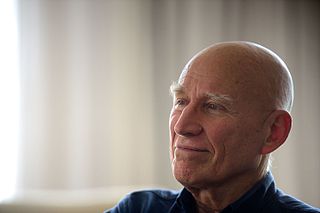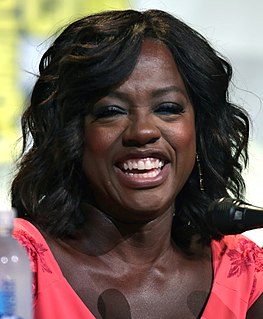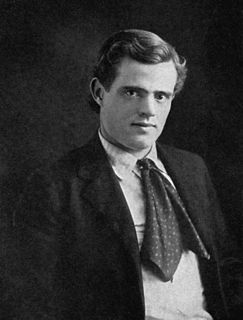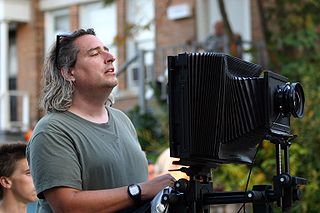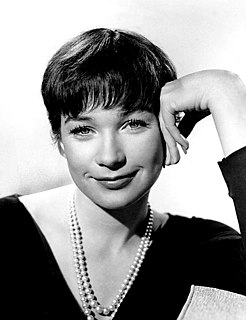A Quote by Sam Raimi
You know, I put my little brother in the movies and he's still in the pictures. My mother makes me put him in the pictures.
Related Quotes
My mother had found this album of all these old slides from the '50s of me as a kid and I said, 'We should have these made into pictures because the color's so beautiful.' There were pictures of me from 1955 as a little baby wearing all these elaborate outfits, and in these pictures was this amazing story of a gay man and his mother.
All I know for sure is that dreams are the pictures of states wanting to turn into processes. Dreams are maps of the beginning of an otherwise unchartered trip into the unknown. They are pictures of the unknown which appear in many channels. Because process work is body-oriented, I put a stress upon feelings, but dreams are not pictures of just feelings; they are pictures of the way the unknown is showing itself in a given moment.
When you work fast, what you put in your pictures is what your brought with yoiu - your own ideas and concepts. When you spend more time on a project, you learn to understand your subjects. There comes a time when it is not you who is taking the pictures. Something special happens between the photographer and the people he is photographing. He realizes that they are giving the pictures to him.
My first wedding was 15 people at our condo. The second was maybe about a hundred people at this fabulous casino. And you know what? I have almost no pictures of the second one, because I put disposable cameras on the tables, because everyone said, "The best pictures are the most candid! The best pictures are the ones people just take!" So, I put disposable cameras on the tables, and guess what? There were so many kids there that those cameras were stomped on. I had so many pictures of the floor, of people's eyes, of someone's finger.
Pictures! Pictures! Pictures! Often, before I learned, did I wonder whence came the multitudes of pictures that thronged my dreams; for they were pictures the like of which I had never seen in real wake-a-day life. They tormented my childhood, making of my dreams a procession of nightmares and a little later convincing me that I was different from my kind, a creature unnatural and accursed.
These pictures possibly give rise to questions of political content or historical truth. Neither interests me in this instance. And although even my motivation for painting them is probably of no significance, I am trying to put a name to it here, as an articulation, parallel to the pictures, as it were, of my disquiet and of my opinion.
Little wonder that we. . .find the old pictures of openness - pictures usually without any blur, and made by what seems a ritual of patience - wonderful. They restore to us knowledge of a place we seek but lose in the rush of our search. Though to enjoy even the pictures, much less the space itself, requires that we be still longer than is our custom.




